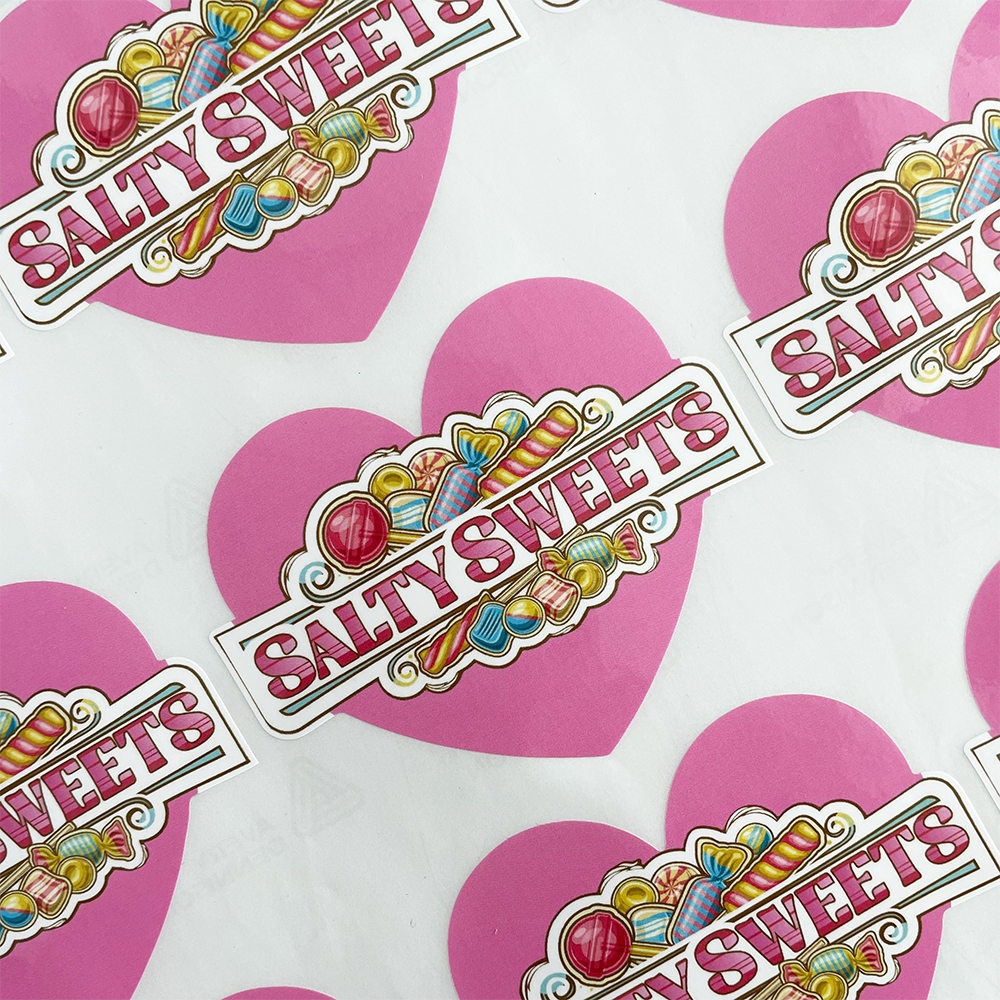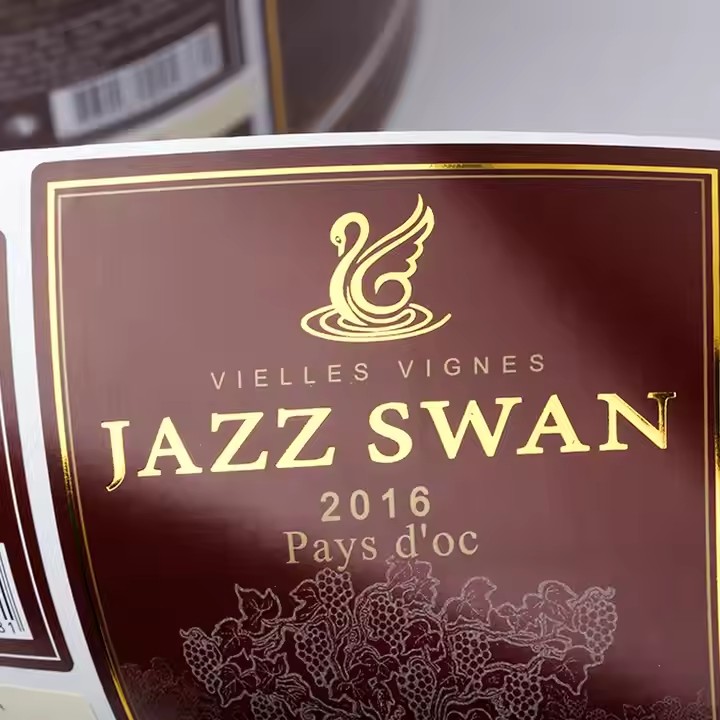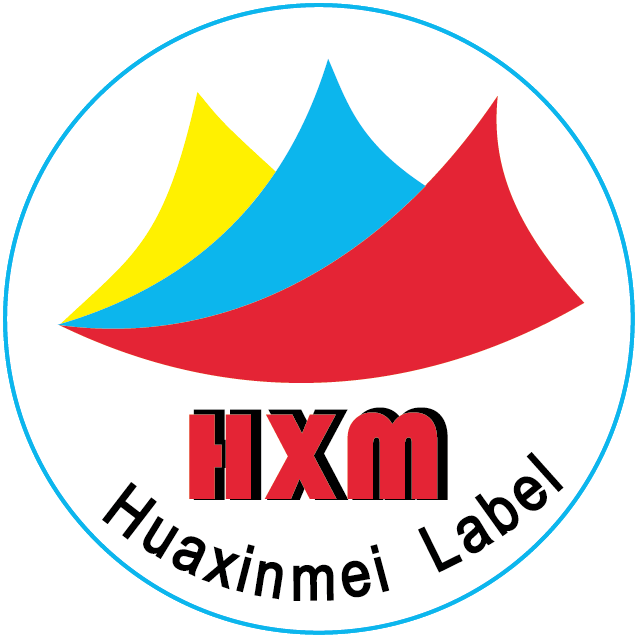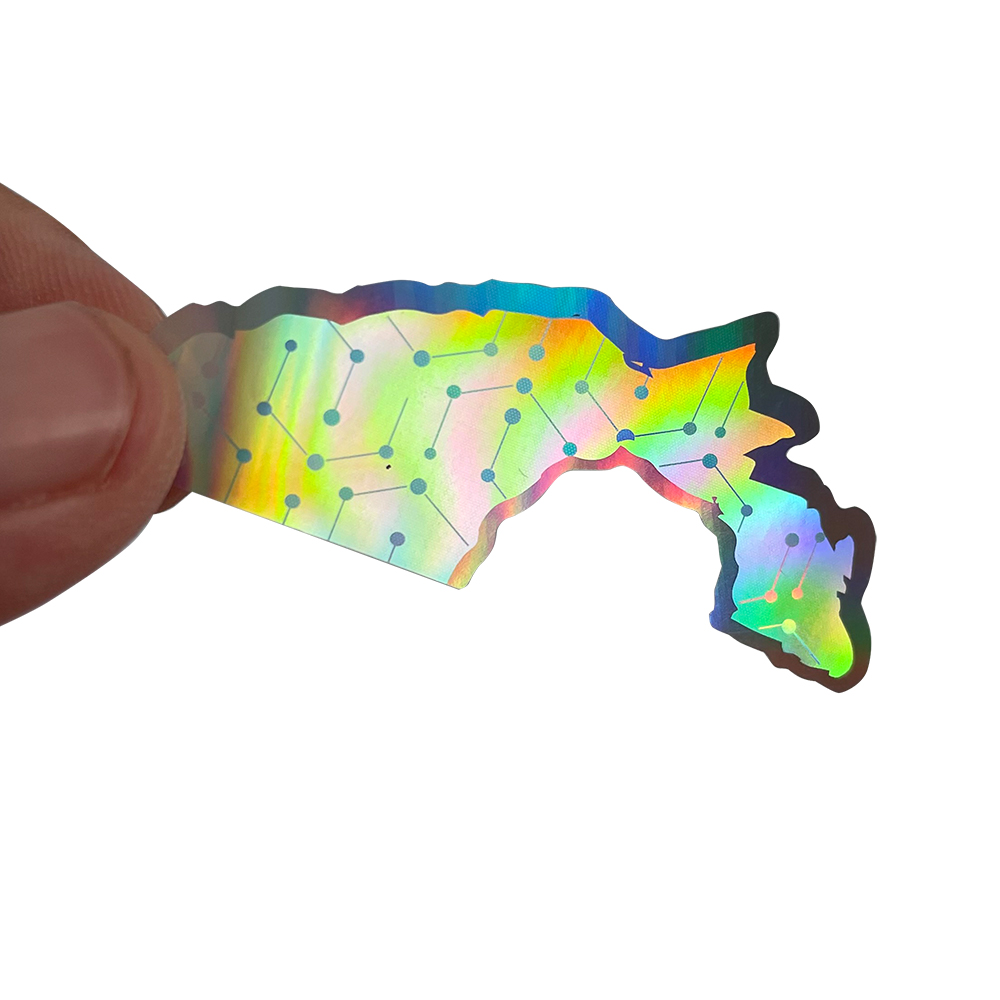- Optimize Label Size and Shape
(1) Match Fruit Sizes Accurately
Create a fruit size database:
Collect size data for different fruits. For example, apples are usually 6–10 cm in diameter, bananas are 12–25 cm long, and grape bunches weigh 500–1500 grams. Use this data to group fruits into small, medium, and large sizes for better label design.
Use “one fruit, one code” and minimize label size:
Small fruits: use square or round labels no larger than 2 cm, showing only the basic info.
Medium fruits: use oval or long thin labels, 4–6 cm², to avoid blank space.
Large fruits: labels should be less than 5 cm wide and longer only if more info is needed. Use vertical layout to save space.
(2) Creative Label Shapes
Labels that fit the fruit shape:
For bananas, use curved labels to fit their bend and avoid waste from flat labels not sticking well.

For mangoes or pears with stems, use “L”-shaped labels — one side on the stem, the other on the fruit — to reduce cutting waste.
For irregular-shaped fruits like dragon fruit, don’t use strict, symmetrical designs. Make flexible labels that fit real shapes better.
Modular labels for fruit bunches:
For fruits sold in bunches, use chain-style labels. Each fruit has a mini label, linked by biodegradable paper. Customers can pick part of the bunch, and the rest of the labels stay usable.
- Use Eco-Friendly Materials and Printing
(1) Use Biodegradable and Recycled Materials
Plant fiber and mushroom-based materials:
Use recycled paper made from sugarcane waste or bamboo. It uses 30–50% less energy and breaks down in 6–12 months. For example, a Brazilian fruit brand reduced label carbon footprint by 42% using sugarcane paper.
Mushroom-based materials are waterproof, flexible, and compostable — now used in some European organic farms.
Edible ink and water-soluble labels:
Edible inks avoid chemical pollution. Japan uses rice paper labels with print info that can be eaten with the fruit.
Water-soluble labels dissolve when washed, great for fruits needing rinsing, with no waste left.
(2) Simple Printing Methods
Use single-color printing instead of multi-color:
Most label info (like text, barcodes) can be printed in one color. A kiwi brand in New Zealand switched to green single-color printing, cutting ink by 65%. Bigger fonts and bold text kept it easy to read.
Use flexographic printing and UV coating:
Traditional printing uses more ink. Flexographic printing uses thin ink layers and reduces usage by 30%.

Replace shiny gold/silver effects with matte or UV coating to look nice but use less material. One blueberry brand used UV coating instead of foil, cutting costs by 28%.
- Policy Support and Consumer Education
(1) Government and Industry Support
Set green label standards:
Learn from EU laws to create rules for label size, degradability, and ink safety. In China, cities like Shenzhen give tax cuts (15%) to companies using green labels.
Trial “No Label Days”:
Markets can host “fruit without labels” days, where people bring their own containers. Singapore’s NTUC supermarket does this every Wednesday. Now, 35% of their fruit sales are label-free, and label use dropped 60%.
(2) Raise Consumer Awareness
Green label points and rewards:
Brands can give points for buying eco-label products. Points can be traded for discounts or gifts. IKEA in Sweden saw a 28% increase in sales of eco-labeled food using this system.


